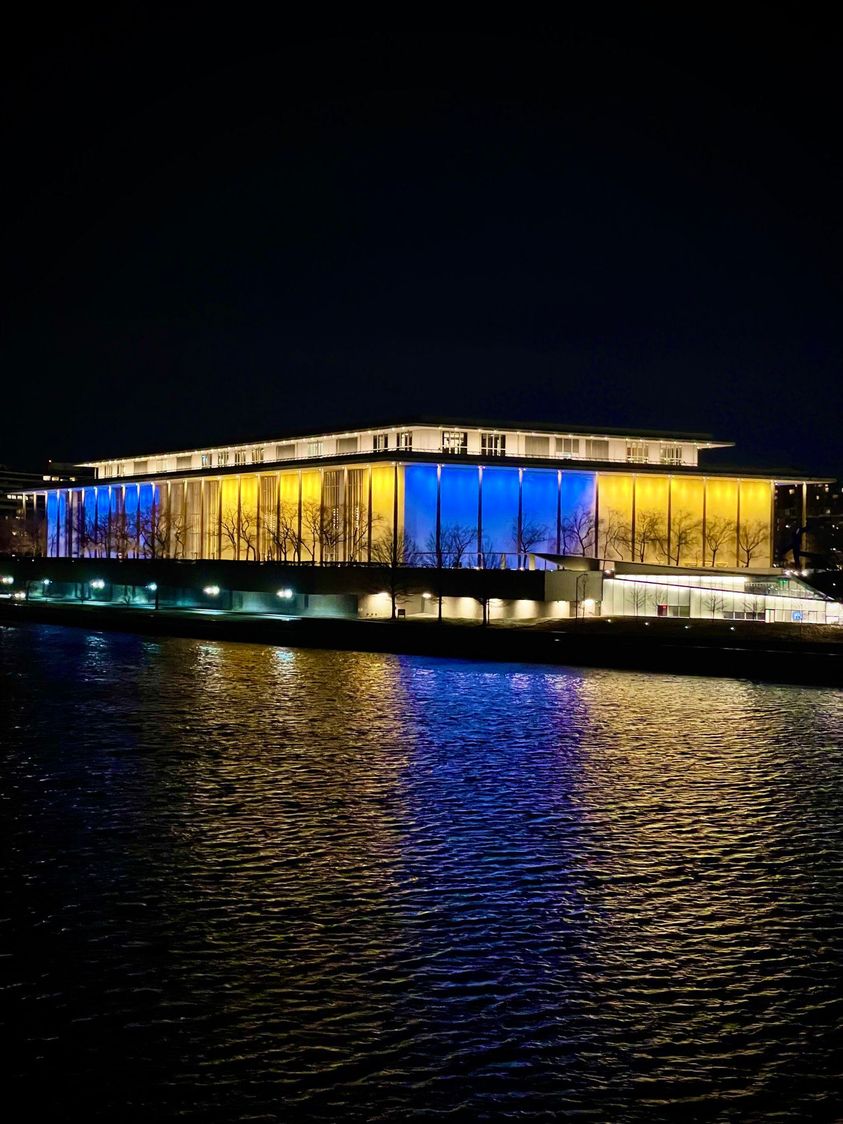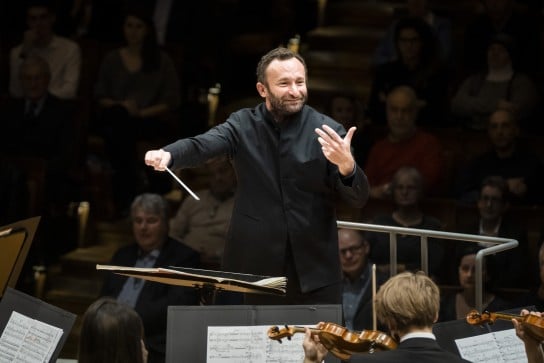Germany’s most popular operas are… (hint: not Wagner)
UncategorizedThe annual statistics are in for 201213, and Wagner is … nowhere.
The most watched opera was:
Mozart, Magic Flute, with 479 performances of 40 productions, seen by 247,432 spectators.

In second place: Humperdinck, Hansel and Gretel, 268 shows, 35 production, 169,274 watched.
Third is Johann Strauss, Die Fledermaus, 246 performances, 24 productions, 155,435 visitors.
Fourth was Rossini, Barber of Seville. Fifth was Mozart Don Giovanni. Sixth La Traviata.
And only after that comes Wagner, with Flying Dutchman.

Source here.





Comments